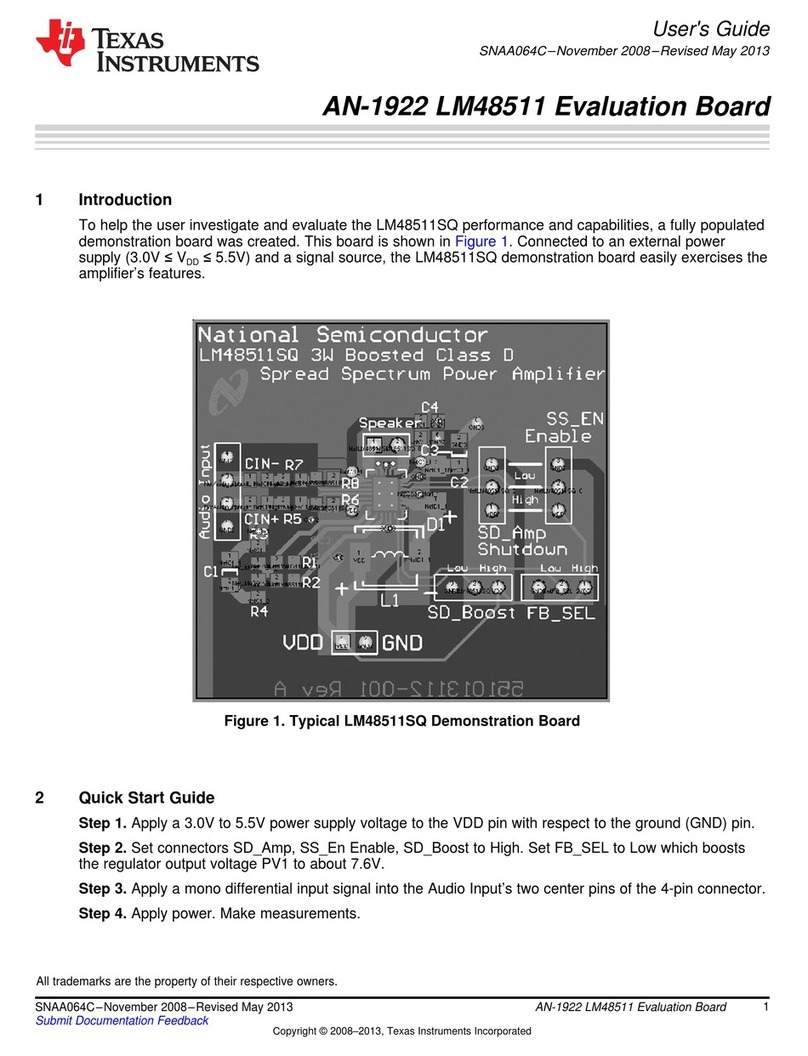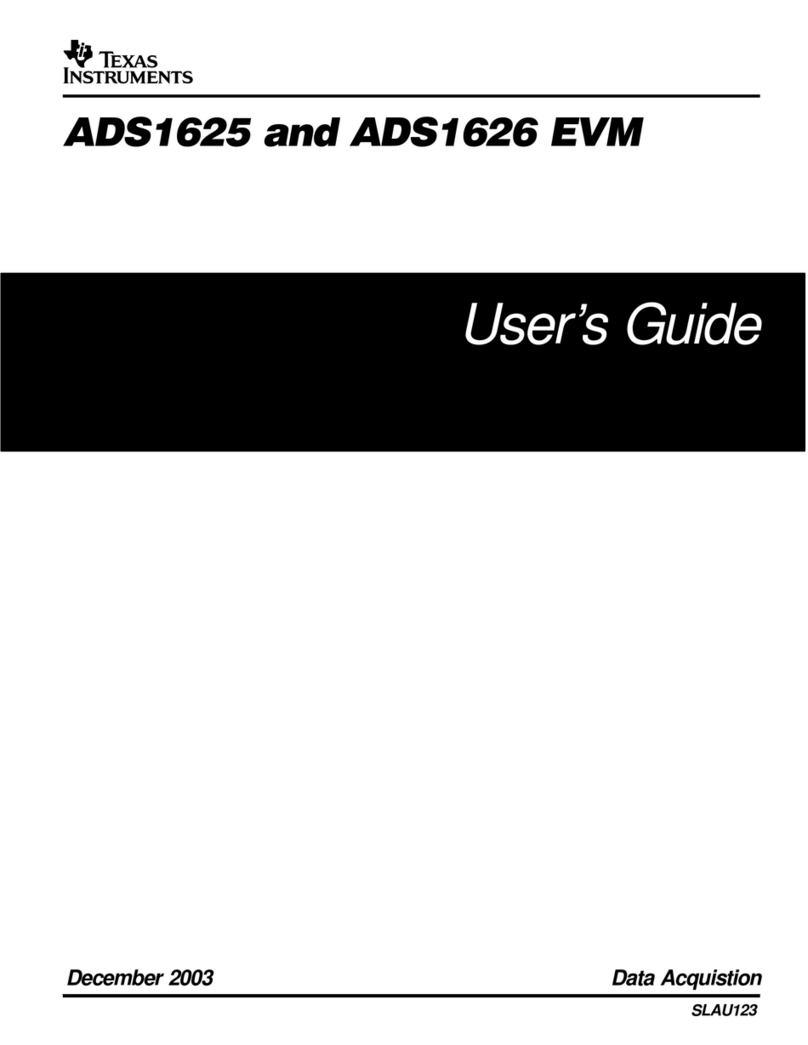Texas Instruments LMK04826 User manual
Other Texas Instruments Motherboard manuals
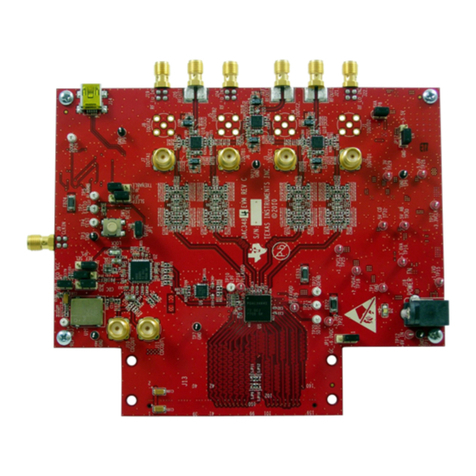
Texas Instruments
Texas Instruments DAC348 Series User manual
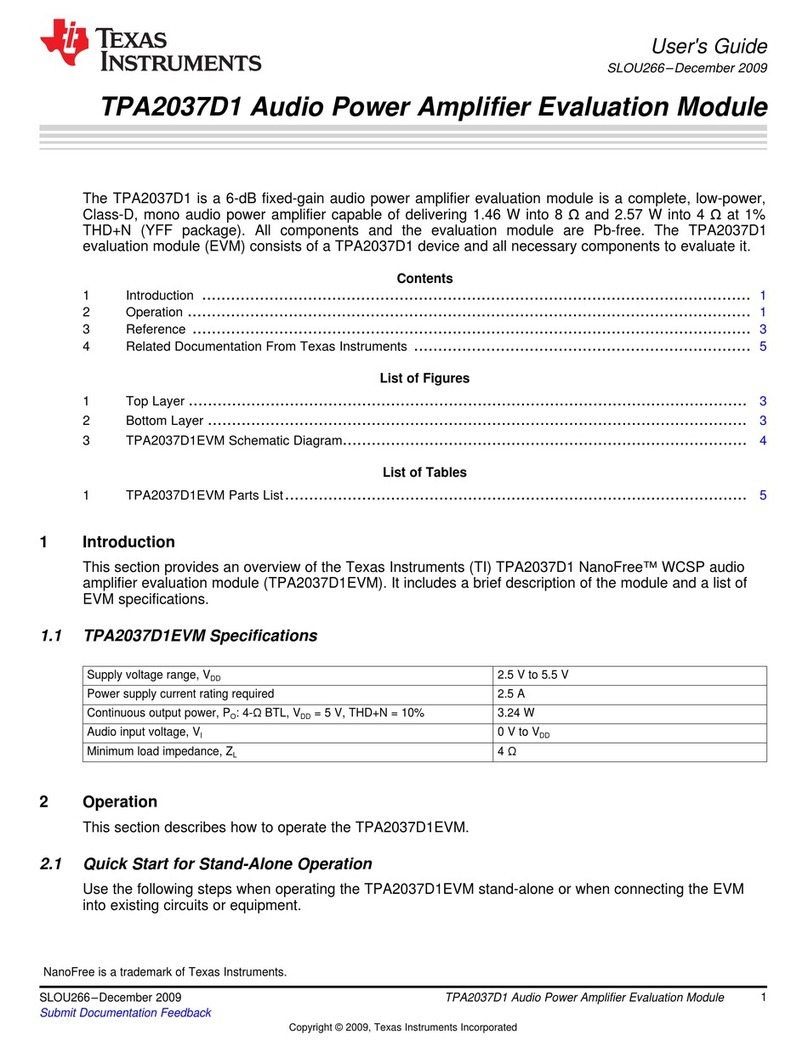
Texas Instruments
Texas Instruments TPA2037D1 User manual
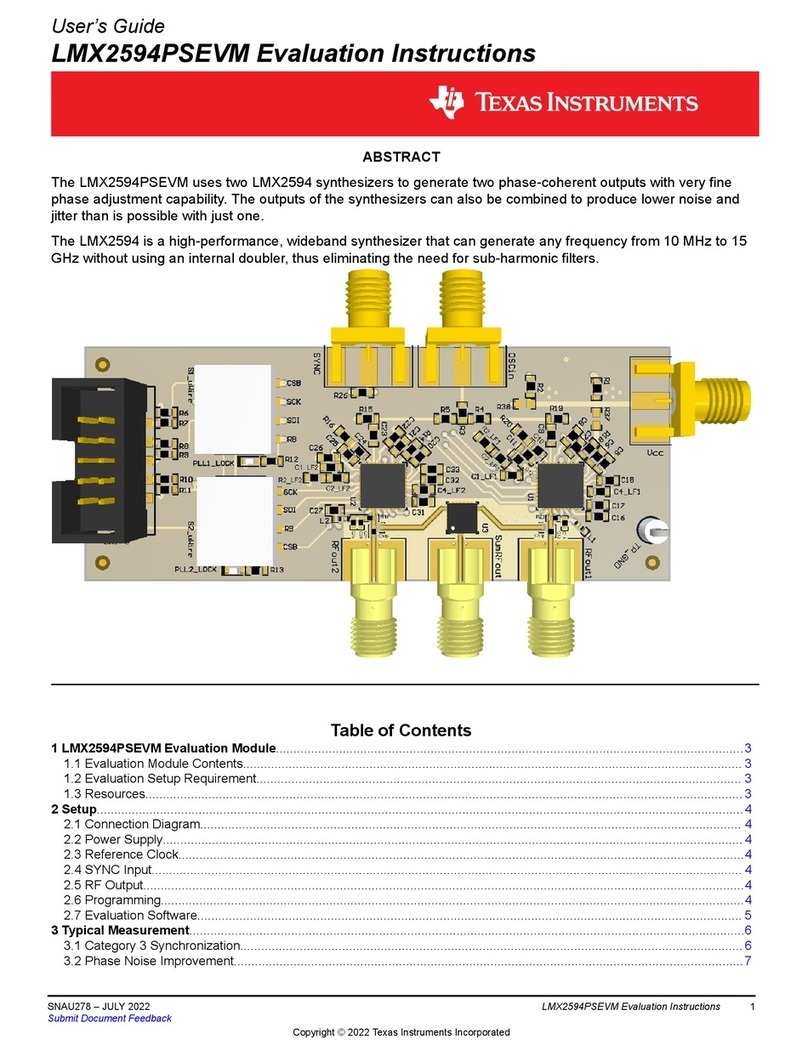
Texas Instruments
Texas Instruments LMX2594PSEVM User manual
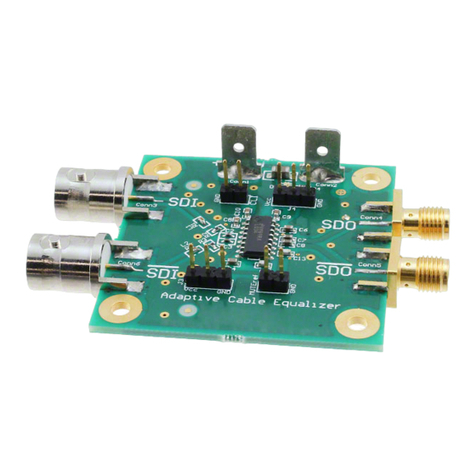
Texas Instruments
Texas Instruments SD034EVK User manual
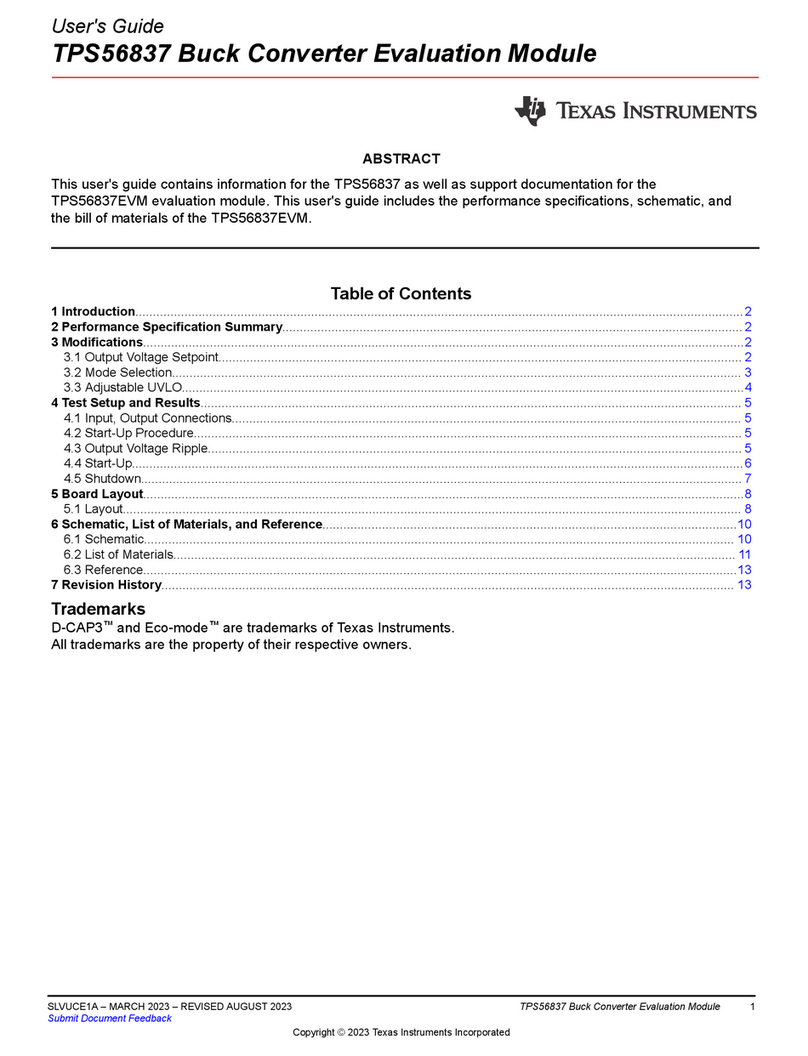
Texas Instruments
Texas Instruments TPS56837 User manual
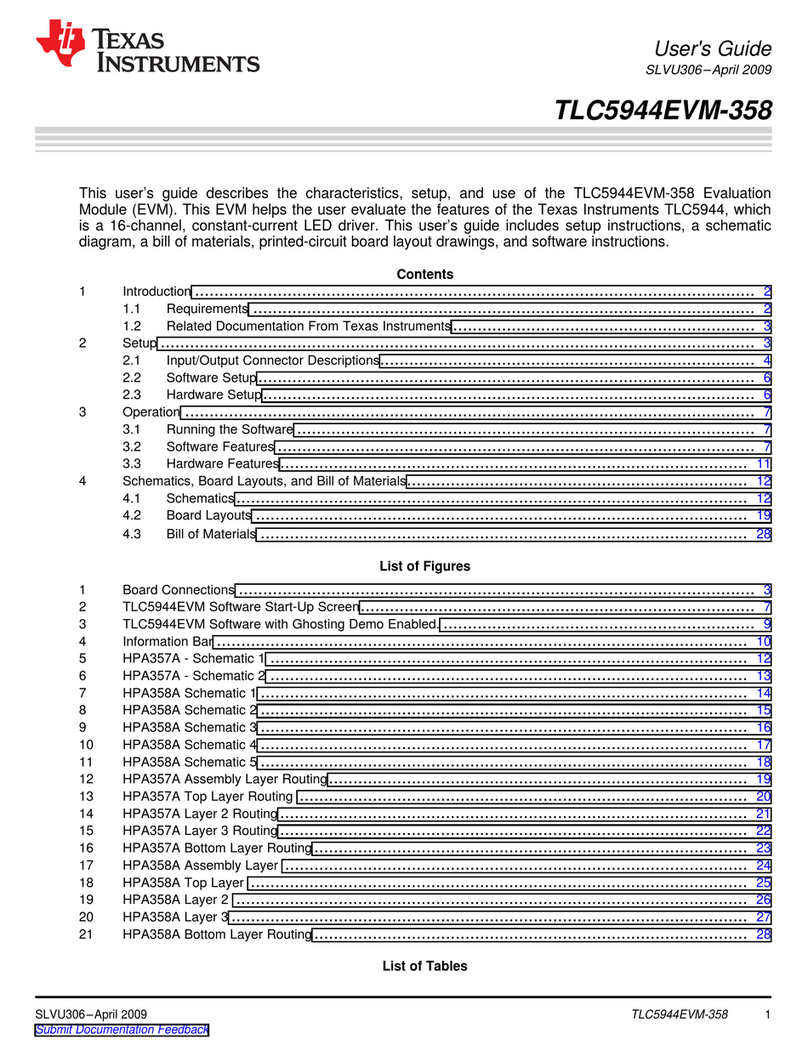
Texas Instruments
Texas Instruments TLC5944EVM-358 User manual
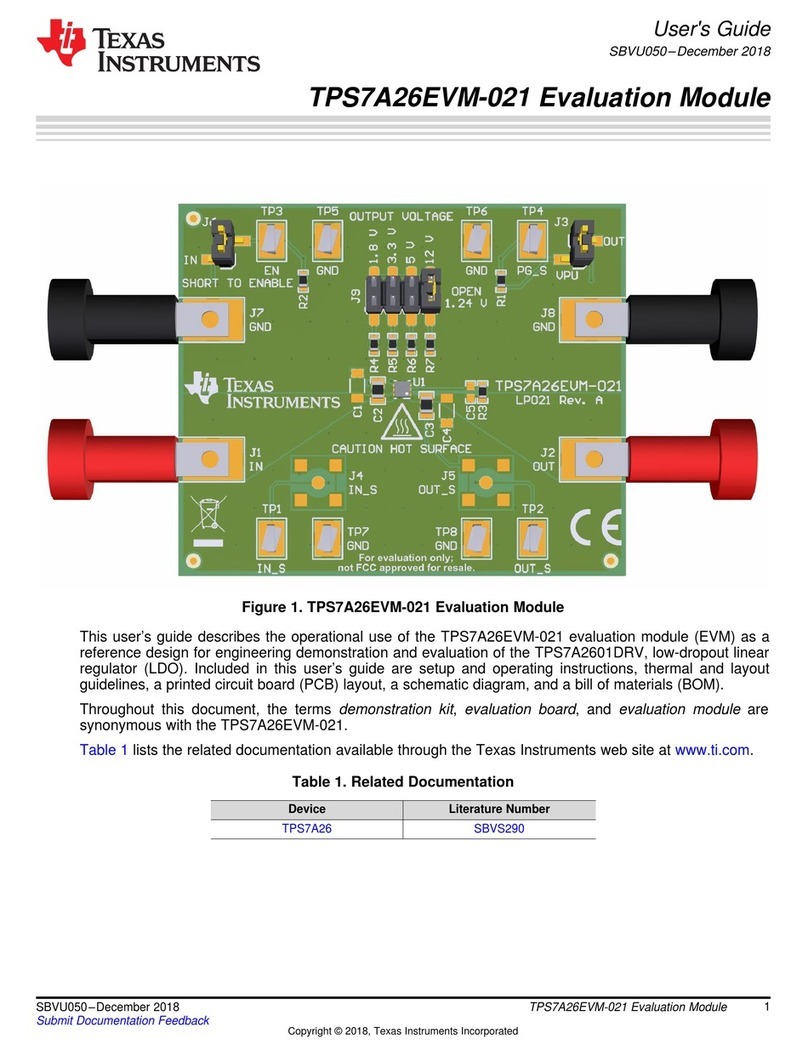
Texas Instruments
Texas Instruments TPS7A26EVM-021 User manual

Texas Instruments
Texas Instruments ADS5294 User manual
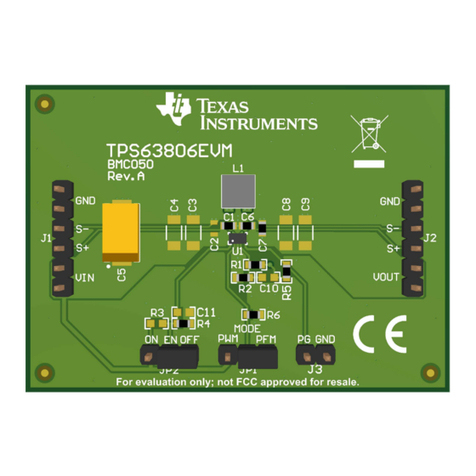
Texas Instruments
Texas Instruments TPS63806EVM User manual
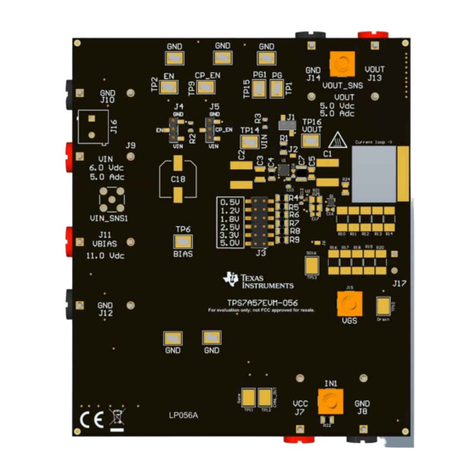
Texas Instruments
Texas Instruments TPS7A57EVM-056 User manual
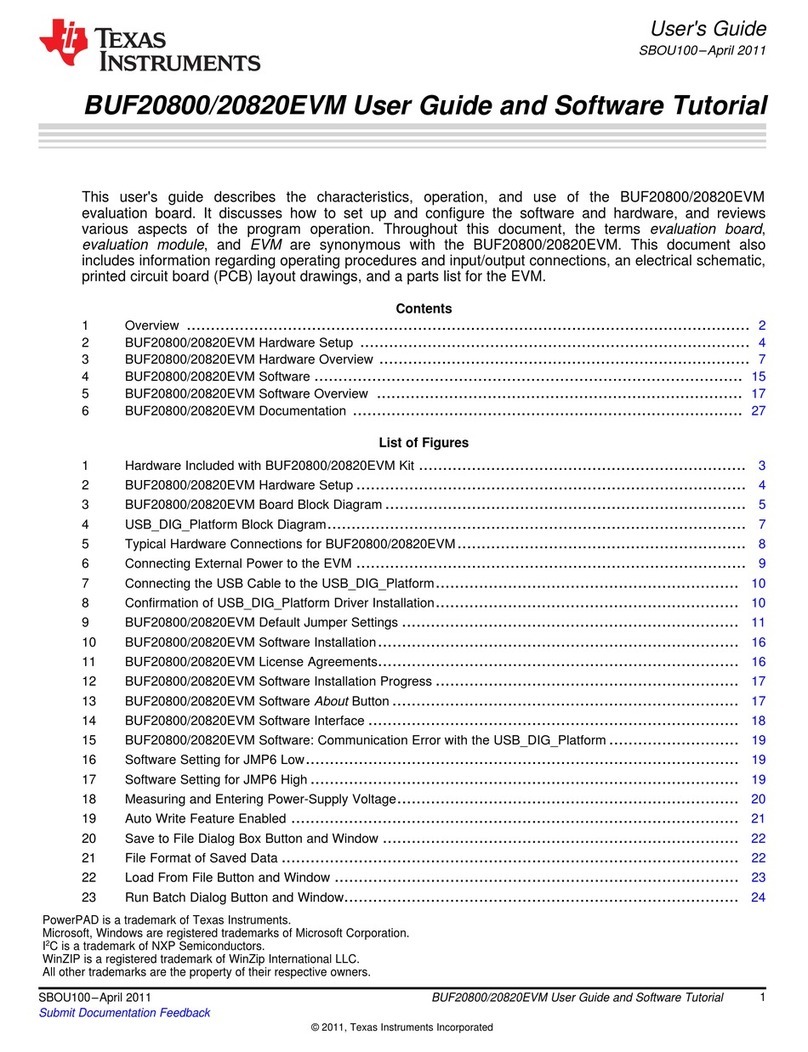
Texas Instruments
Texas Instruments BUF20800 User manual
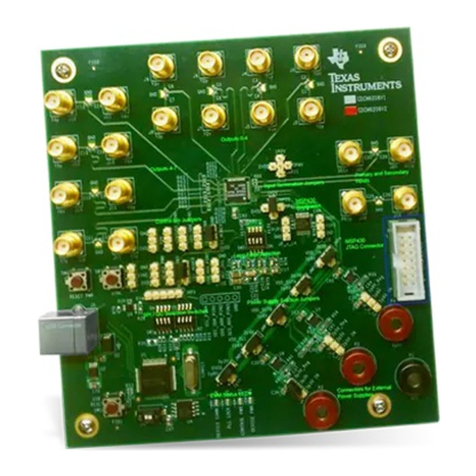
Texas Instruments
Texas Instruments CDCM6208 User manual

Texas Instruments
Texas Instruments DAC3482 User manual

Texas Instruments
Texas Instruments BQ240729 User manual
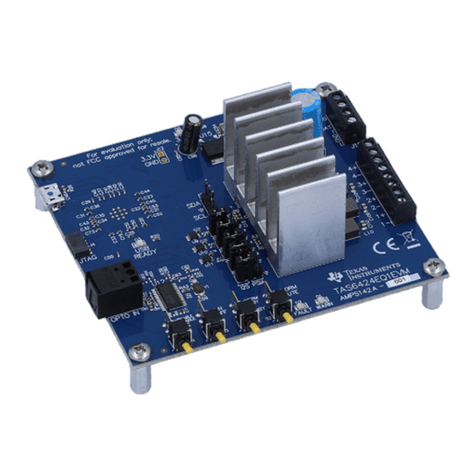
Texas Instruments
Texas Instruments TAS6424E-Q1 User manual
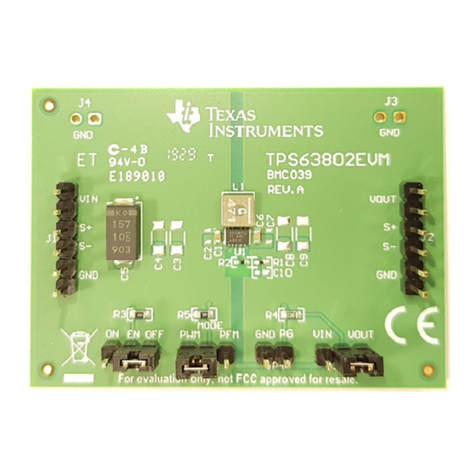
Texas Instruments
Texas Instruments TPS63802EVM User manual
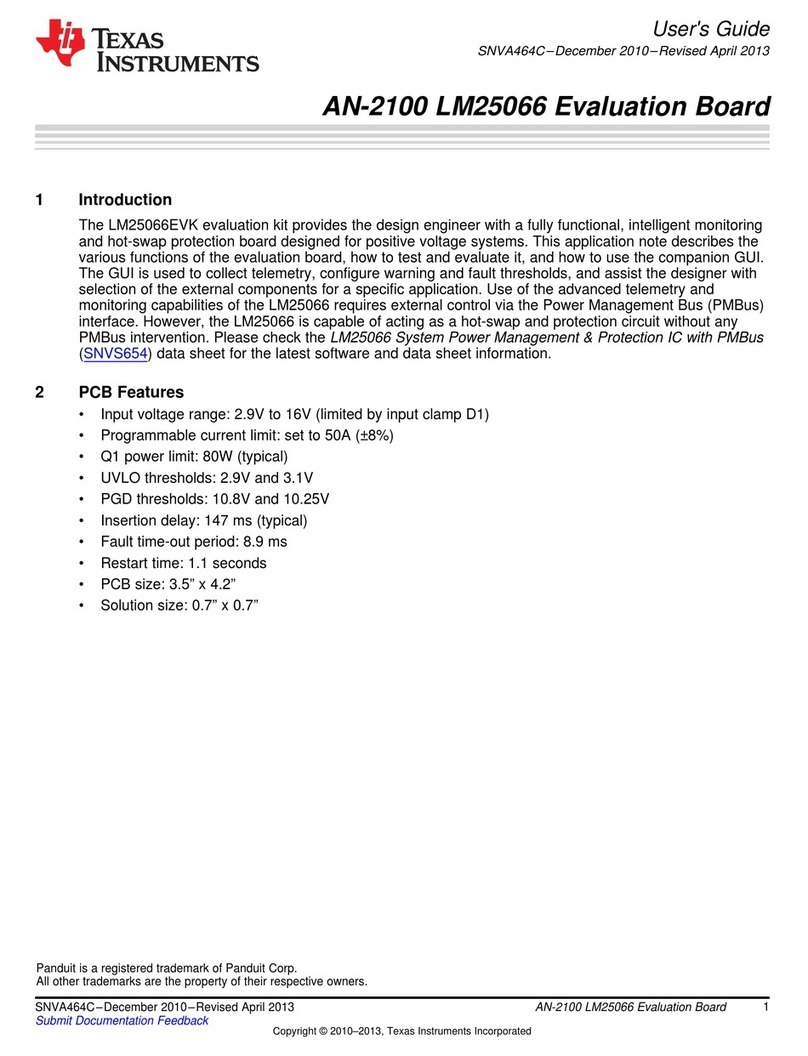
Texas Instruments
Texas Instruments LM25066EVK User manual
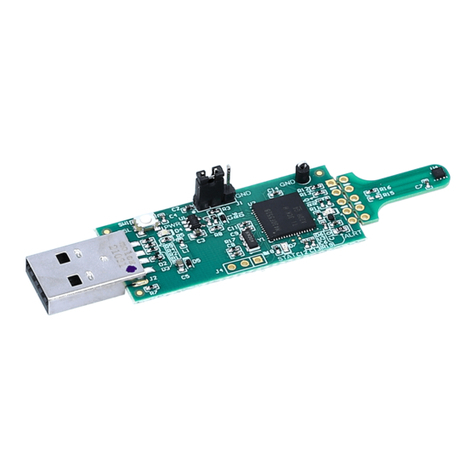
Texas Instruments
Texas Instruments TMP117EVM User manual
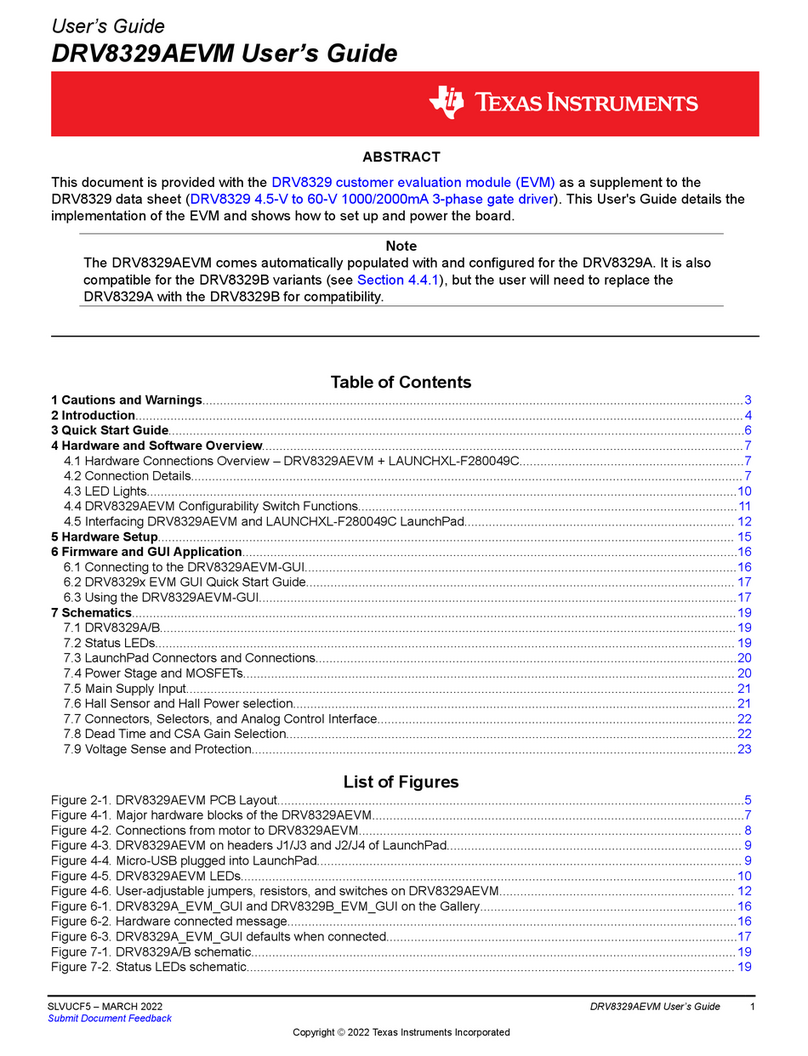
Texas Instruments
Texas Instruments DRV8329AEVM User manual
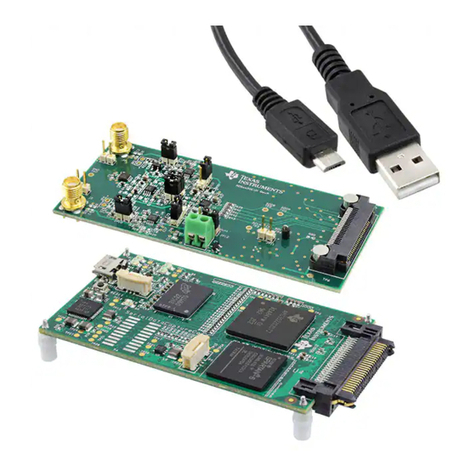
Texas Instruments
Texas Instruments ADS8350EVM-PDK User manual


